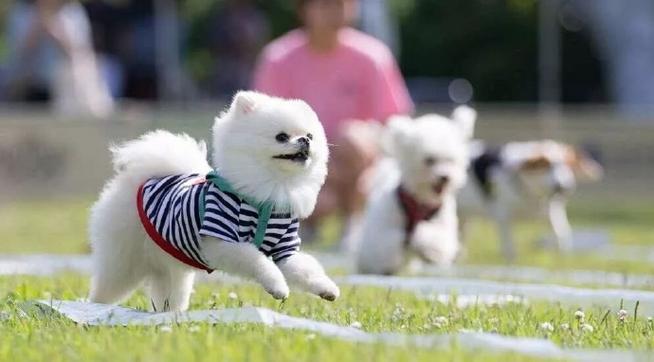Pets come in a wide variety of breeds, each with distinct physical traits, energy levels, and behavioral tendencies. These differences are not merely aesthetic; they reflect evolutionary adaptations and breed-specific temperaments that influence how animals interact with their environment and caregivers. Understanding these variations is essential for providing appropriate care, ensuring mental stimulation, and maintaining overall health. By recognizing the unique needs of each breed, pet owners can tailor routines, exercise, and nutrition to support both the physical and psychological well-being of their companion animals.

Activity Levels and Exercise Needs
One of the most noticeable differences across breeds is energy level. For example, working dog breeds such as Border Collies or Siberian Huskies have high endurance and require frequent, vigorous exercise to remain healthy and mentally stimulated. In contrast, breeds like Bulldogs or Persian cats tend to be less active and are more prone to sedentary lifestyles. Providing breed-appropriate exercise is critical to prevent obesity, maintain cardiovascular health, and reduce behavioral issues stemming from boredom or excess energy.
Social and Behavioral Traits
Different breeds also exhibit distinct social behaviors. Some dogs and cats are naturally more sociable, seeking constant interaction with humans or other animals, while others may prefer solitary or low-key environments. For instance, certain herding breeds instinctively follow or herd household members, reflecting their historical roles, whereas some feline breeds may display strong territorial instincts. Understanding these behavioral tendencies allows caregivers to structure their home environment and interactions in a way that aligns with the animal’s innate temperament.
Dietary Considerations
Breed-specific differences extend to nutrition and metabolism. Larger dog breeds often require diets tailored to support joint health and slow growth, while smaller breeds may need nutrient-dense food in smaller portions. Similarly, cats of different breeds may have variations in dietary sensitivity or food preferences. Providing appropriate nutrition based on breed traits supports overall health and longevity.
Grooming and Environmental Needs
Coat type, skin sensitivity, and environmental tolerance also vary among breeds. Long-haired animals, such as Maine Coon cats or Afghan Hounds, require regular grooming to prevent matting, while short-haired breeds may need minimal coat maintenance but benefit from skin care attention. Temperature tolerance differs as well; some breeds are adapted to colder climates, while others may be prone to heat stress. Recognizing these factors ensures comfort and prevents health issues.
Conclusion
Breed-specific characteristics play a significant role in shaping a pet’s lifestyle, behavior, and health needs. By understanding variations in activity level, social behavior, dietary requirements, and grooming needs, caregivers can provide tailored care that supports both physical and psychological well-being. Attentive management of these differences not only enhances health outcomes but also strengthens the bond between pets and their caregivers, creating a harmonious environment where each animal can thrive according to its unique natural tendencies. Awareness and adaptation to these traits are essential for responsible, science-based pet care.
